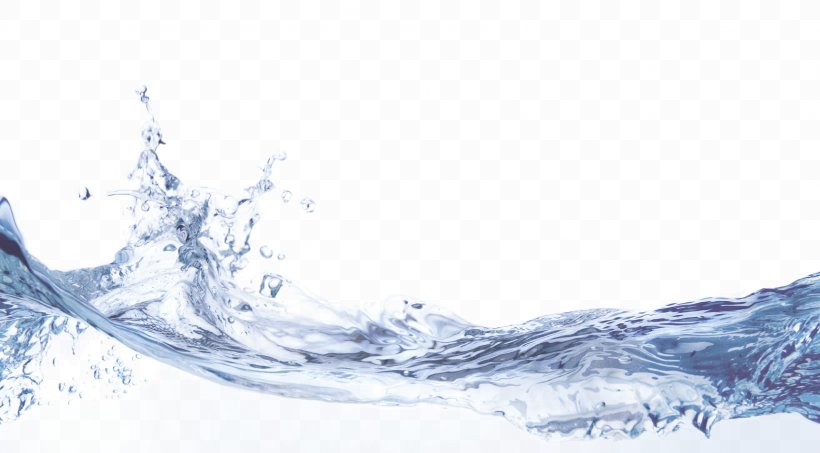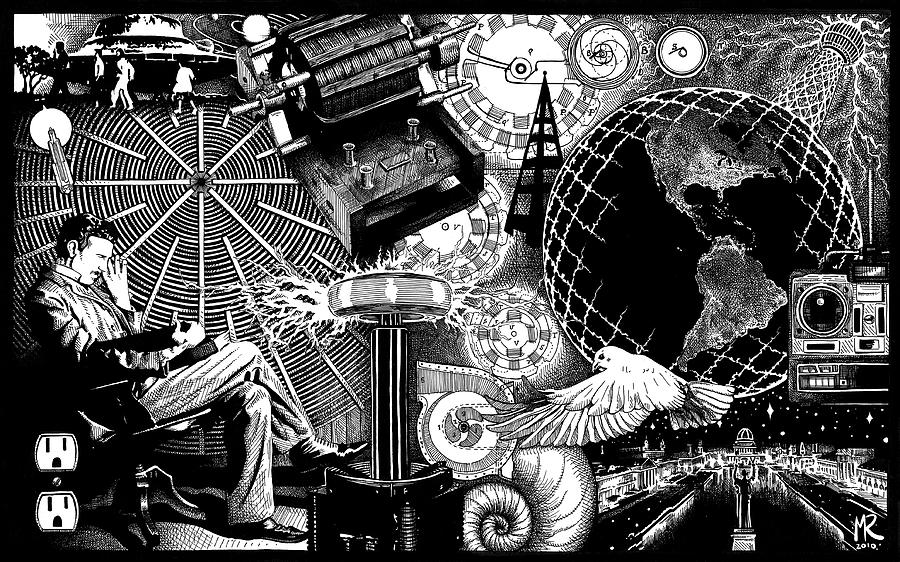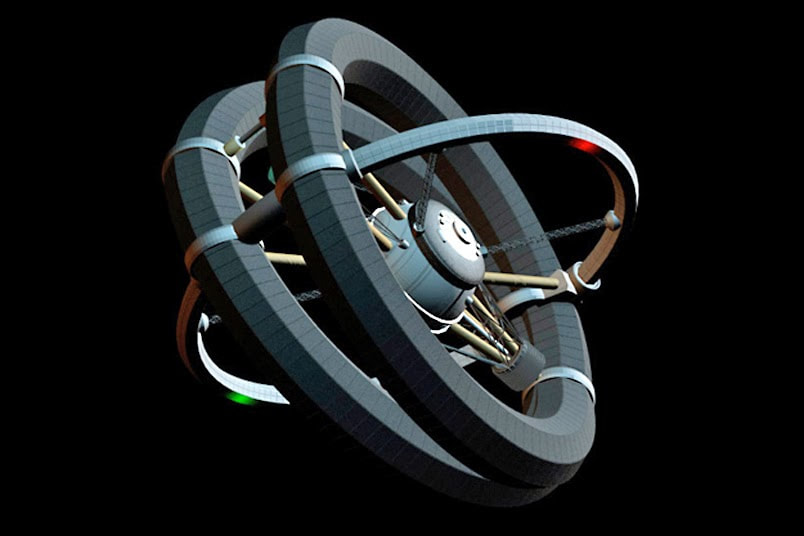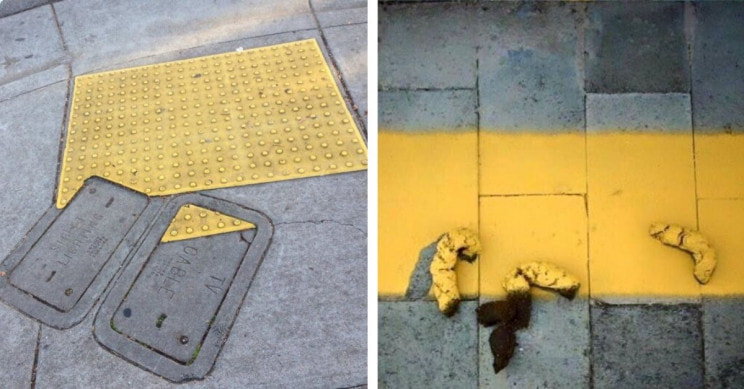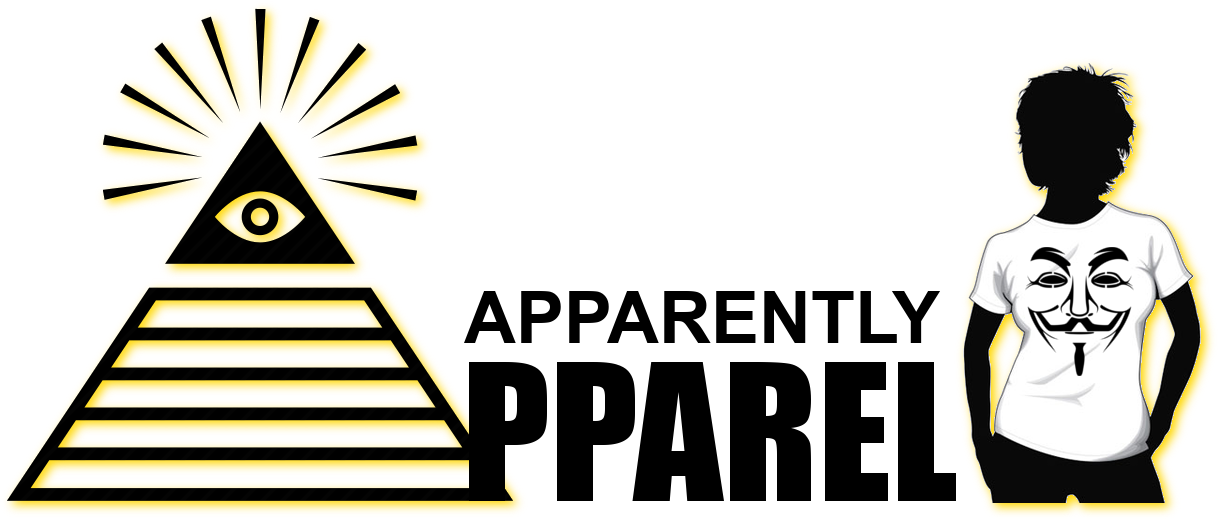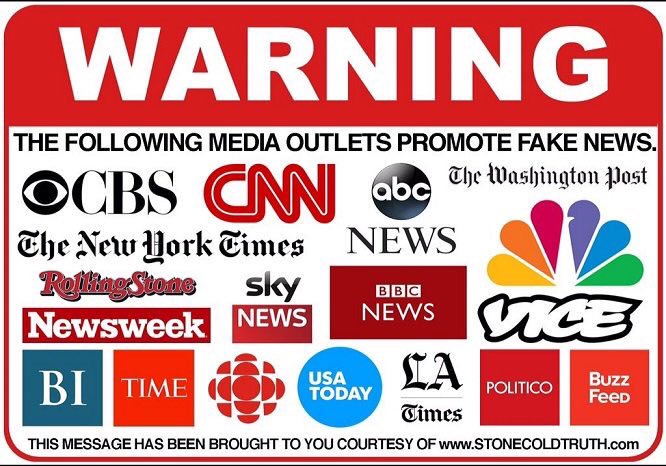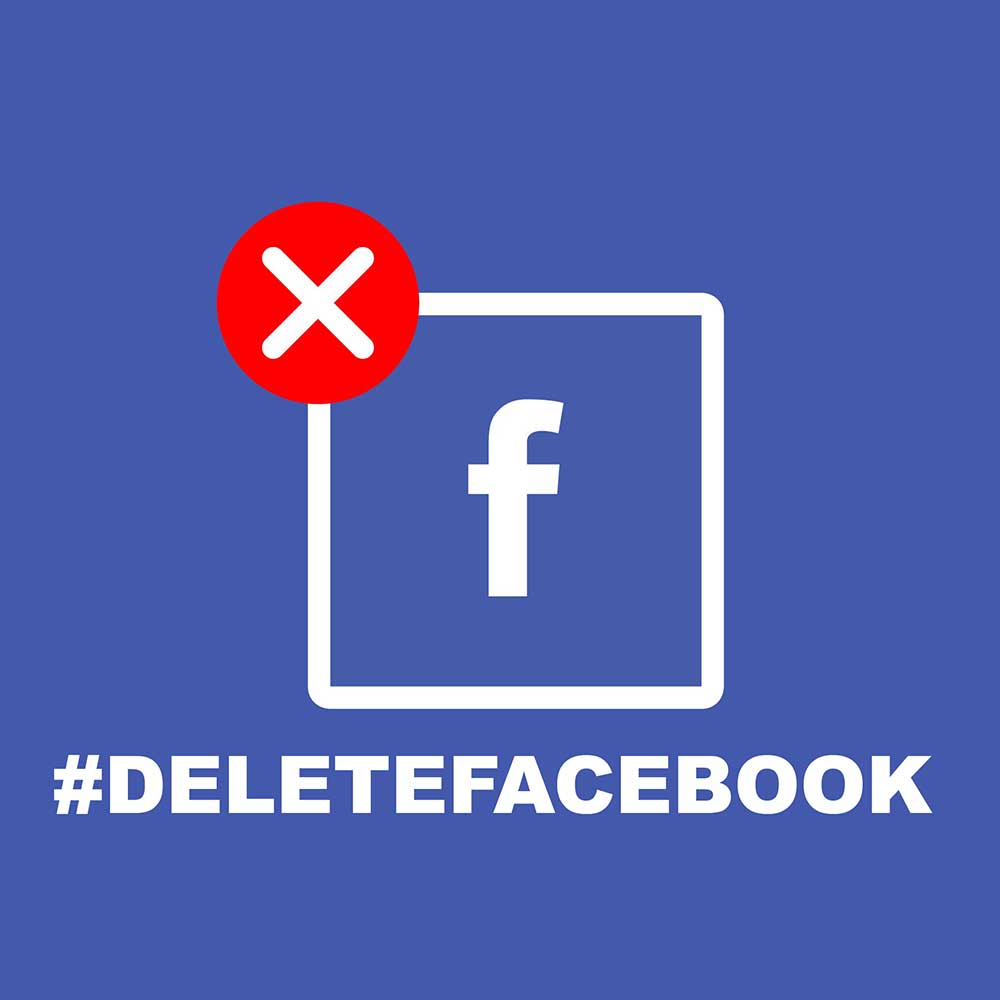|
In this explosive interview with Senior Editor Alex Newman of The New American magazine, former president of the Association of American Physicians and Surgeons (AAPS) Dr. Lee Merrit explains her belief that America is currently facing what appears to be biological warfare. Whether the Communist Chinese released the COVID-19 virus on purpose or by accident is impossible to know, but the implications are enormous. And when it comes to the new vaccines, Dr. Merrit, a former military doctor who studied biological warfare, reviews previous animal studies on the technology underlying the vaccines and paints a dire picture. However, even though modern medical schools do not often teach it, there are ways to treat viral infections that are time-tested and effective, she concludes. Source: https://thenewamerican.com/bio-warfare-weaponization-of-medicine-amid-covid/
0 Comments
The world has changed a lot in the last few centuries. At the beginning of the 1900s, cars were a novelty that you might see now and then. Today, highways and interstates are packed with so many cars that the average driver wastes 54 hours in traffic every year. The end of the 1700s marked the beginning of the American Industrial Revolution and we've let that momentum carry us through three more industrial revolutions, bringing us to Industry 4.0 today. Industry 4.0 isn't just impacting the manufacturing sectors. It also has an impact on the infrastructure that allows us to live safe and comfortable lives in this modern world, including the water industry. What is Water 4.0 and how is it impacting the water industry? What is Water 4.0? Industry 4.0 started with the industrial revolution, then moved to industry supported by electricity in 2.0, industry supported by computers in 3.0 and now the Internet of Things in Industry 4.0. These descriptors show how manufacturing and it's related sectors have evolved in the last few hundred years since the beginning of the Industrial Revolution. What does that have to do with water? Water has taken a similar path across the ages, as we've figured out the best way to collect, clean and distribute water in the developed world. It started with Water 1.0 where we figured out how to import water and distribute it to the masses. Then it moved on to Water 2.0 when we learned how to filter, chlorinate and clean our drinking water. Water 3.0 was when we figured out sewage treatment and used it as a widespread tool to better manage our wastewater system. We've moved into Water 4.0, which will bring next-generation water systems as well as a new awareness that water is a finite resource. In fact, only 3% of the earth's water is fresh and drinkable — and 2/3 of that is frozen in polar ice caps. Next-Generation Water Systems Water 4.0 is going to change the water industry — especially where wastewater is concerned — in fundamental ways. Wastewater monitoring will likely become standard equipment in the next few years, allowing the water industry to keep track of water from the moment it leaves a residential home or commercial property until it reaches the wastewater treatment plant. Currently, rainfall does contribute to local water tables whenever there is a storm, but it's contributions are really untrackable. New technology — from radar tracking to advanced analytics programs — will allow water industry professionals to keep track of rainfall and its potential impact on water and sewer systems. Instead of acting reactively to heavy rainfall that might flood an existing sewer system, industry experts will be able to use predictive analytics to monitor situations and ensure that things like rainfall can't negatively impact the system or the surrounding environment. New technologies are also emerging for water filtration and treatment, especially for commercial properties. Not only do these filtration systems improve the quality of the water traveling into the business, but they can also be designed to reduce water use without damaging functionality or water pressure. This is just the beginning of Water 4.0 as we know it. New technologies will continue to emerge and change the way we look at something as simple as the water that comes from our kitchen sink. How will Water 4.0 impact the water industry as a whole? The Impact of Water 4.0 In addition to new technologies, Water 4.0 represents a fundamental shift in our collective thought process. We've stopped thinking about our water resources as infinite. Everyone, from consumers to business owners and everyone in between has started to realize that unless we start taking steps, we could run out of potable water. Some cities, such as Cape Town, South Africa have already faced this reality. In 2018, after a year of severe drought, the coastal city nearly ran out of drinking water for its 433,000 citizens. They managed to avert this disaster, but to do so they found themselves restricted to using less than 50 liters of water a day. For comparison, the average shower can use up to 15 liters per minute. Imagine using up your entire household's ration of water for the day in less than 5 minutes. Digitization of the water industry will require existing companies and workers to adapt to new technologies, something that may prove challenging and expensive, but will be necessary for the long run as the entire industry starts to shift toward this digital future. Many countries are already moving in that direction. The German water industry, when recently polled, stated that more than 50% of the companies in the country have either started adopting digital systems or have a digital strategy in the works. Water 4.0 could even include the trend toward solar-powered desalination that is beginning to take root in the developing world. These plants are essentially self-sustaining and can provide fresh water in coastal areas where it might be scarce. Even the simplest systems can provide 1.5 gallons of water every hour per square meter of solar panels. One of the nicest things about Water 4.0 from an outsider's perspective is the fact that there is no official definition that details what we need to do to improve our water infrastructure — we're just making it up as we go and coming up with some amazing and out of the box solutions that will help ensure that we have safe, potable water available for everyone for decades to come. The Future of the Water Industry We're essentially sitting at the beginning of Water 4.0, so it's a little early to start making projections about what it might mean for the future of the water industry. That said, it's still an exciting time to be part of an industry that is growing faster than it ever has in the past. Water is one of the most important things on this planet and is necessary to sustain human life, so we should be doing everything we can to preserve our existing water supplies. Water 4.0 might just be the thing to help us do that.  Megan R. Nichols is a technical writer who regularly covers industrial and scientific topics. Megan also publishes easy to understand science articles on her blog, Schooled By Science, to encourage others to take an interest in these subjects. When she isn’t writing, Megan enjoys finding new shows and documentaries to binge watch.  There has been a revived energy revolution movement going on around the world over the past 20 years and strongest in the past year, that has not been covered or reported by mainstream press, established scientific journals or university research publications. Most of the discoveries have been made by curious, ingenious minds, who on many occasions have observed experimental results in cold fusion, superconductivity, and magnetic motors which appear to violate present laws of physics, chemistry and electrodynamics. A term has been used to describe such phenomena, is called over-unity energy or free energy, which in many cases means getting more energy out of a system or reaction (magnetic motor or cold fusion reaction) than appears to be put into it. A better explanation is that excess energy is being accessed from as yet not completely explained source. (Note: An atom bomb is an over-unity device which gets a tremendous amount of dirty energy out, in the form of harmful radiation, than is needed to trigger the reaction.) The first question that usually pops into a skeptic's mind is that if the technology is for real and discoveries have been made, such as Pons & Flieschman's cold fusion cell or Rory Johnson's fusion magnetic motor, why has it not been reported or mass produced for use by our energy-hungry world? The answer is suppression. What do we mean by suppression? Suppression can be an active type -- where a corporation or oil company or OPEC, who does not want the invention marketed, will blow up or destroy the lab and the invention and threaten to kill the inventor if he again attempts to market the revolutionary device. The other type of suppression is the passive type where a competing company, who has big bucks, such as some of the major oil companies, will come in and buy out a patent with no intention of bringing it to market until the demand for oil greatly exceeds the supply and gas prices soar, then they will start marketing a 100 mpg carburetor for ICE (Internal Combustion Engines). Other types of passive suppression include universities which are receiving big funding from oil or nuclear establishment sources, refusing to do research, or muzzling bright professors (by withholding tenure) from publishing theories and results as to the what, how's, and whys of these over-unity motors and cold fusion reactions. Or the example where a Patent office refuses to grant patents in revolutionary technology, claiming perpetual motion machines, s they see them, aren't patentable, or if they are patentable, that they can place a secrecy order or gag order on the patent, which prohibits the inventor from disclosing any information to anyone for such disclosure might be detrimental to national security. The following suppression stories you are about to read are true, to the best of our knowledge, but the names and places have been changed to protect the innocent. This information will hopefully give you some reasons why this over-unity technology has not reached worldwide attention or use. Perhaps perpetrators of this much-needed new energy technology suppression will consider reversing their policy and incorporate this technology into their business structure for a future profitable enterprise. Such technology can restore Mother Earth, which seems to be in great agony right now, with hot fusion, (nuclear power plants), blowing up, and/or radiation byproducts seeping into water tables in the Russian Arctic or at Hanford, Washington, where radioactive waste seems to be seeping into the Columbia River. In the case of oil spills such as the Exxon Valdez tanker spill, or the U.K. oil tanker spill, these major environmental accidents have destroyed pristine fish and wildlife breeding founds. What is good for the multinational oil companies, OPEC, and nuclear power plants may not necessarily be good for Mother Earth, the nation's human and animal health, or emerging countries whose energy resources are being exploited and their environment, such as the Russian Arctic tundra and South American jungles, destroyed for our short-term, consume-consume energy fling. Think that you know about gravity? Think again – research into gravitational engineering is moving rapidly ahead on a number of fronts and breakthroughs are already beginning to happen. Antigravity follows close behind, as we learn to manipulate this mysterious force to build a new generation of space technology. Here are a few of the top ideas to keep your eye on as the research progresses in the new year…
Next-Generation Lifters: The Biefeld-Brown Effect ‘Lifters’ seem to be popping up everywhere these days – including schools, universities, science-fairs, and television. Gravitational Death Rays: The infamous Russian gravity scientist Dr. Eugene Podkletnov has a new experiment, and it’s supported by theory (several of them, in fact). AC-Gravity Tractor-Beams: If Podkletnov is busy with a gravity-beam, then who’s tending the farm on the rotating superconductors that made him famous? The answer: Dr. Ning Li. Einstein’s UFT Antigravity: What if you heard a story so outlandish that you knew nobody would believe it? Now what if you heard the same story from several different sources, and started finding background info & physics research that backed it all up? The Searl Effect: John Searl is known to many as “the father of modern Antigravity”. His masterpiece, the SEG, saw more research in 2004 than since the 1980’s! The Hutchison Effect: You’ve seen it on TV – John Hutchison, the man who makes objects spontaneously levitate in his lab, and creates strange fields that melt-metal at room temperature. Mercury Plasma Antigravity: These stories about ‘black triangles’ are just a bunch of nonsense, right? Not so fast – the means of propulsion described by Edgar Fouche, Mark McCandlish and others turns out to have some very real scientific backing… De Aquino’s ELF Antigravity: Brazilian Professor Fran De Aquino has been pursuing an elusive goal – a gravity shield based on Extra Low Frequency (ELF) waves, that he believes effectively block incoming gravitons. The result? An ELF craft would be effectively “immune” to gravity, and possibly inertia as well. If that's not enough to get your anti-gravity reactors pumping, here's another 515 pages of Anti-Gravity material in the form of a PDF - "Secrets of Anti-Gravity Propulsion" by Paul LaViolette, PH.D. Sometimes you're asked to cover a task that you're not qualified for, or just really don't want to do. Here are 15 times where someone said, "not my job!" Sometimes when you're at work, you come across an obstacle and think to yourself: "I do not get paid enough for this." Sure, you could call your supervisor. Or you could just cut a corner, and declare boldly and rightfully, "That's not my job!" Some of the following will beggar belief. Others will amuse you. Most will, quite frankly, destroy your faith in humanity. The following slideshow is in no particular order but from our point of view all worthy finalists. |
News Watch
Mind-opening news articles, editorials, videos & apparel that inspire our readers and help liberate them from the status quo. Stay informed.
Write For UsSpace WatchTop NewsNews Watch Categories
All
|
|
|
HAVE A TIP OR STORY TO TELL? JOIN TODAY & SHARE YOUR STORY!
If you have a breaking news tip or idea, please email: [email protected] Apparently Apparel® is a registered trade name and part of the ZOAT International® brands network. © 2007-2023. All Rights Reserved. Privacy Policy. All art & news content posted on this site is commentary or opinion and is protected under Free Speech. ApparentlyApparel.com is not responsible for content written by contributing artists, authors or news feeds. The information on this site is provided for educational and entertainment purposes only. It is not intended as a substitute for professional advice of any kind. ApparentlyApparel.com assumes no responsibility for the use or misuse of this material.
|
|

